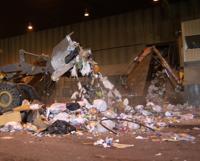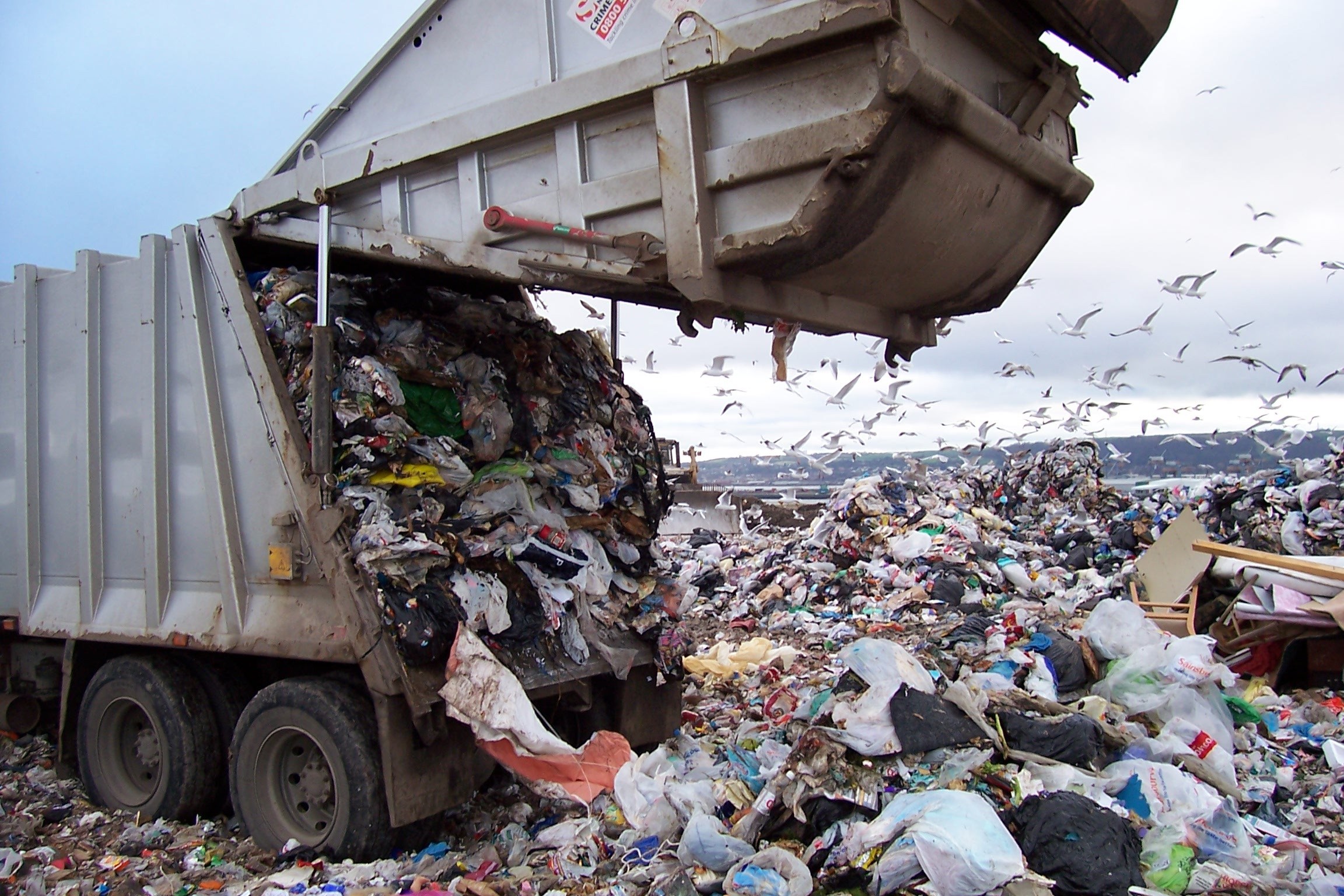Talking Turkey Turds
December 5th, 2019
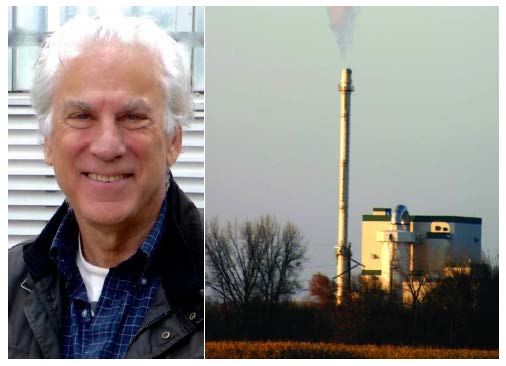
Hot off the press from David Morris – ILSR, a demolition of the Benson Burner celebratory historical podcast about burning turkey shit. The ILSR podcast gets into some of the origin of the “biomass mandate,” the history of Fibrominn, Fibrowatt from England, and in Maryland, where chicken shit was polluting land and water.
I so well recall the hours and hours of testimony about turkey turds back in 1998, when state Sen. Steve Novak, chair of Minnesota’s Senate Energy Committee (and on of the orchestrators of the 1994 Prairie Island bill that pushed biomass as part of the deal to keep Prairie Island nuclear plant open) refused to let “our” bill be heard that would delete the alternate site mandate to site nuclear waste “in Goodhue County.” Burning turkey shit was ahead of our bill on the agenda, and so hours and hours and hours of testimony. Of the many, many “environmental” groups in Minnesota, ILSR was the ONLY one opposing this turdful idea, and in that 1998 session, David Morris testified in excruciating detail about why burning turkey shit was a bad idea, more than I ever wanted to know about turkey shit.
So glad to see this go:
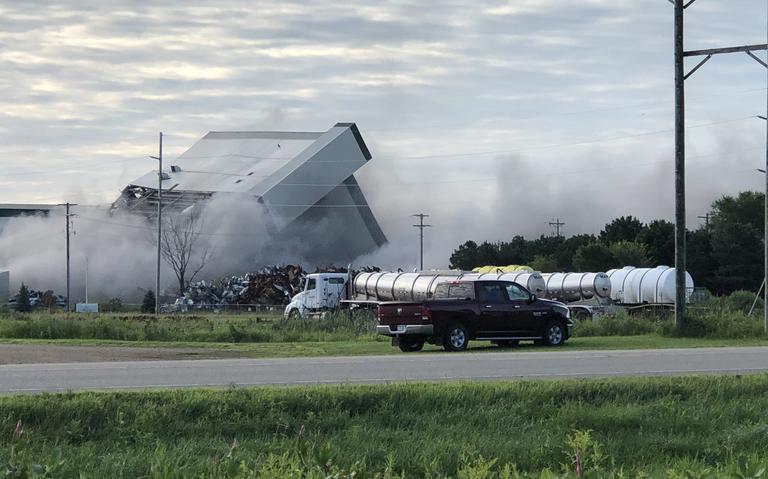
Benson biomass power plant thunders to ground in explosive demolition
Fibrowatt was run out of Delaware when they wanted to burn chicken shit there, thanks to Alan Muller and Green Delaware. That was when I’d first heard from Alan, way back in 2002, warning about Fibrowatt as they pushed into Minnesota!
When Xcel filed for permission to get out of the turkey shit Power Purchase Agreement (PUC Docket 17-530), Alan Muller and I filed comments:
Note that not one of the many funded “environmental” groups weighed in on this!
The Commission gave Xcel what it wanted, including $20 million to the City of Benson…
WHY would the PUC reward Xcel this way? Cancelling the Xcel PPAs and shutting down that Benson plant, and also the Laurentian Energy Authority, that was good, but the pay offs? Doesn’t seem reasonable to me.
And while you’re at it, check this out from ILSR on a “renewable” issue here in Minnesota and elsewhere:
Report: Waste Incineration: A Dirty Secret in How States Define Renewable Energy
Coal Ash – yes, it’s a problem
January 20th, 2019

What happens to coal ash? It’s shoveled out, brought to a “ash disposal facility” where it goes into the ground, and from there??? We’re finally learning that it often leaches into the ground, down into the groundwater. Thanks to EarthJustice for posting the raw data — no plants listed for Minnesota:
Scroll down for their newer reports.
It’s not news, though, and has been the subject of research for a long time, this study from 1980:
What did they look for and find?

So yeah, this is something to be concerned about…
There are coal ash and other ash “disposal facilities” everywhere, usually very close to where the ash is generated, here in Red Wing we have an ash dump, ash from two old coal burners at the NSP/Xcel garbage burners on the south end of town, and a now closed city garbage burner, visible on the map above, at the lower right corner of the black striped “Water Tank Mound Area” and beyond, that complex there. The City garbage burner was closed not long ago (YEAAAAA!!!), but the NSP/Xcel former coal burners, now garbage burner, remain burning.

(The Air Permits for those 2 burners have been expired for a decade or more, but that’s another story, covered before and to be covered again, but not today.)
The coal ash and garbage ash has been piling up for decades. A couple of years ago there was a city and Xcel scam launched here in Red Wing, “ash mining.”
Alan Muller on Red Wing’s garbage ash “mining”
April 30th, 2016
December 7 – Red Wing Ash Mine Open House
December 1st, 2016
MPCA’s THREE Red Wing Ash releases today
December 5th, 2016
Lab USA Ash Mining – PCA says “No EIS needed”
April 7th, 2017
Comments on Red Wing Ash “Mining” Project
April 15th, 2017
Having some experience with ash issues, there’s been recent reports about utility disclosures of ash contamination:
EarthJustice – Coal Ash: Reports & Publications (Texas, Georgia, West Virginia)
Where are details for Minnesota?
What’s become of Excelsior Energy?
December 16th, 2018
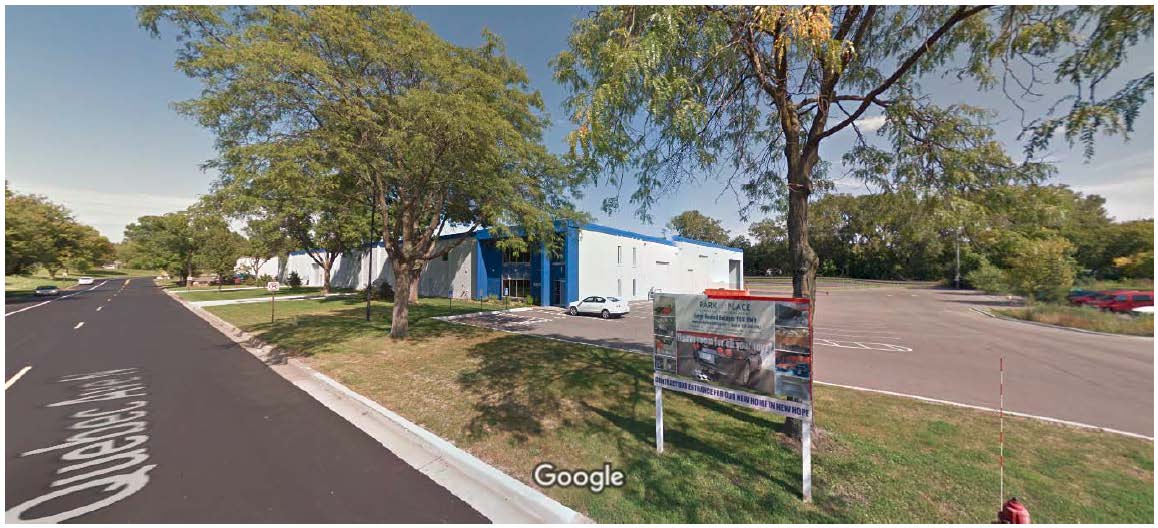
Remember Excelsior Energy‘s boondoggle Mesaba Project? Go to the PUC’s search page and search for “05-1993” and “06-668” for the dockets.
A little birdie flew by today, cocked its shiny eye and said…

So following up… Does anyone find it strange that as of August 3, 2018, the registered office of Excelsior Energy and its agent, CEO, and Principal Executive Office Address of Tom Micheletti, is THE ABOVE STORAGE UNIT at 4630 Quebec Avenue North, New Hope, MN 55428?

Last known address: 708 1st St., #421, Minneapolis, sold 2017 for $749,900(verified in Metsa for Congress report, 3/9/2018 donation)… and then there’s Orono: Tom & Julie’s house is for sale.
Did you know that Excelsior Energy got their regulatory perks extended until 2025?!?! Really, look at this, Minn. Stat. 216B.1694, Subd. 3(b)(1), a 2017 legislative boondoggle!
Yes, Excelsior Energy was doing their lobbying in 2017.
Julie Jorgensen has been hustling with Greenmark, our good friends Mark Andrews and Red Wing’s ex-Mayor Dennis Egan. Three Musketeers? Three Stooges?

Then there’s Excelsior Energy Capital. What’s that?!?! Well, a Delaware corp registered in Minnesota in August of 2017, and inquiring minds found out their HQ is a BOAT SLIP at 21950 Minnetonka Boulevard, #210, Excelsior, MN.
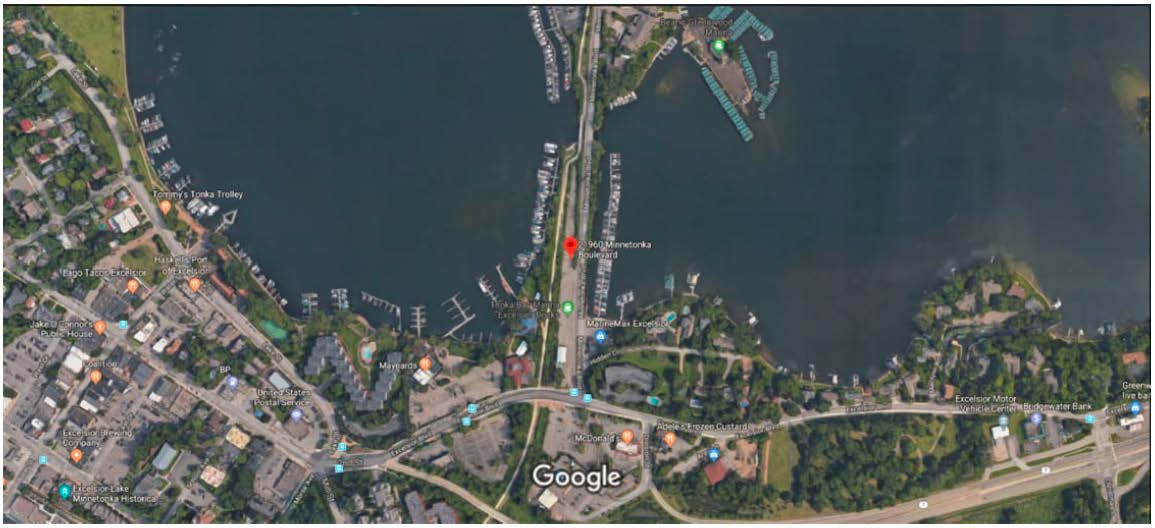
Really. Could google maps be wrong? It’s not international waters, but assuredly … ummmm… well, bizarre! Look at their TEAM (can you say photoshopped?). I can’t find direct connections to our friends at Excelsior Energy, but with an operation like this, it’s got to be there! Searching…
Remember AWA Goodhue’s office? And Secretary of State lets them get away with this?

GRE to dump garbage incineration on the public?
July 9th, 2018

Remember when the site of the Elk River garbage burner was a nuclear demonstration plant? I do, because my father worked on parts of the design for that plant, and characterization after it was operational — I played with the geiger counter as a kid, and the rest is history. Technical difficulties at the Elk River Nuclear Station were many. It was shut down and decommissioned in the early 1970s. Today, that site is now a garbage incinerator.
Remember just one year ago, Xcel Energy going to the Public Utilities Commission to terminate their garbage and turkey shit burning Power Purchase Agreements?
GRE now wants to do the same, and is considering, and is likely to, shut down its Elk River garbage burning operation. News from Elk River, the red highlights are mine, and (red comments in parens are mine). If you get confused what’s what, click on link for original article:
Garbage project closure pondered
Great River Energy would like Elk River Resource Recovery Project to become publicly owned
Comment Filed – Power Plant Siting Act
February 9th, 2018

Yes, it’s that time of year again, and today’s the deadline for Comments for the Power Plant Siting Act Annual Hearing:
And there ya have it. Until next year…
